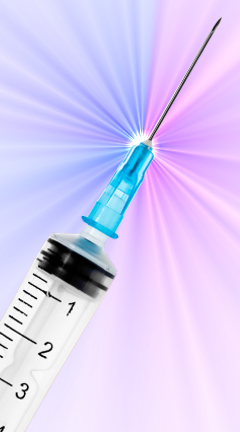COVID lessons in polio report
 Experts say there are lessons to be learned from the global polio vaccine campaign in regard to COVID-19.
Experts say there are lessons to be learned from the global polio vaccine campaign in regard to COVID-19.
A systematic global review has found that polio immunisation activities in low- and middle-income countries stopped transmission of polio, but missed opportunities that could strengthen health systems.
In 1988, the World Health Assembly resolved to eradicate polio globally by 2000. This led to the launch of the Global Polio Eradication Initiative - one of the largest ever public health initiatives.
Its goal was to immunise every child against polio and eradicate the disease.
Substantial progress has been made with the eradication of two of the three wild poliovirus serotypes - types 2 and 3. In 1994, the Americas region was the first to formally achieve polio elimination.
However, experts say the original global eradication targets in some parts of the world have not been met.
Across the globe, supplementary immunisation activities are conducted for polio. They include mass vaccination campaigns or national immunisation days and involve the mass vaccination of all children in a specific age group, regardless of their previous immunisation status.
The review, published in BMJ Global Health, analysed more than 1,600 studies and found only 20 included data that assessed the impact of polio campaigns on health systems.
It found the majority of studies in low- and middle-income countries had limitations on data collection.
“This study found important data to improve vaccine programs in response to outbreaks in low and middle income countries,” says the study's lead investigator Dr Meru Sheel, from The Australian National University.
“One of the successes was strengthened community mobilisation to increase up-take of the polio vaccine, but, we found it was a missed opportunity to improve immunisation programs in some parts of the world.
“For example, long term retention of trained staff and monitoring of vaccine coverage data.
“Polio was eliminated from large parts of the world and is a very successful program. There are lessons from the program that can help improve COVID-19 responses.
“We have been successful at increasing polio vaccine coverage, but these programs could have been utilised for delivery of non-polio vaccines and other health services. This is particularly important when the amount of disease in the community is low.”
The full study is accessible here.







 Print
Print